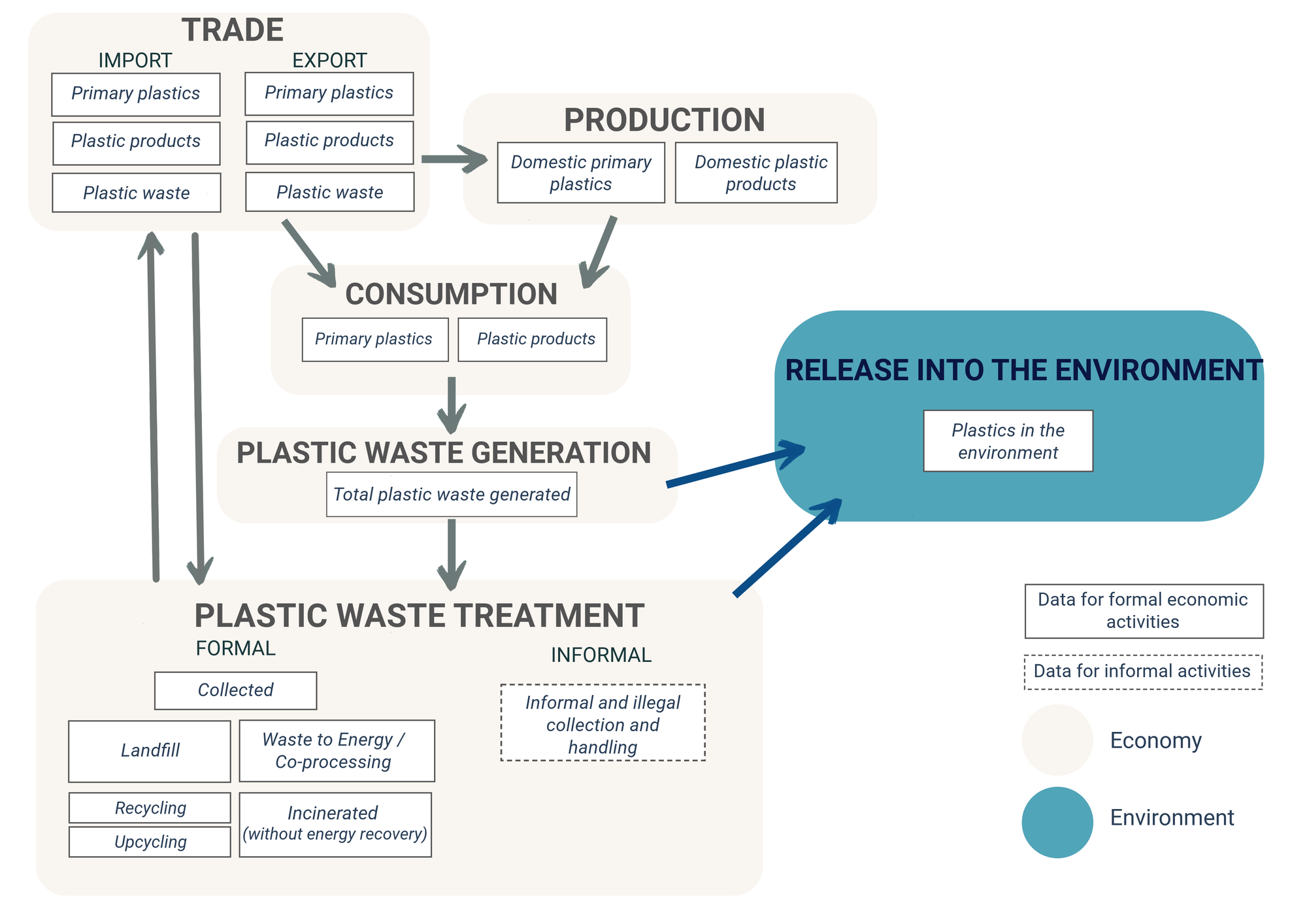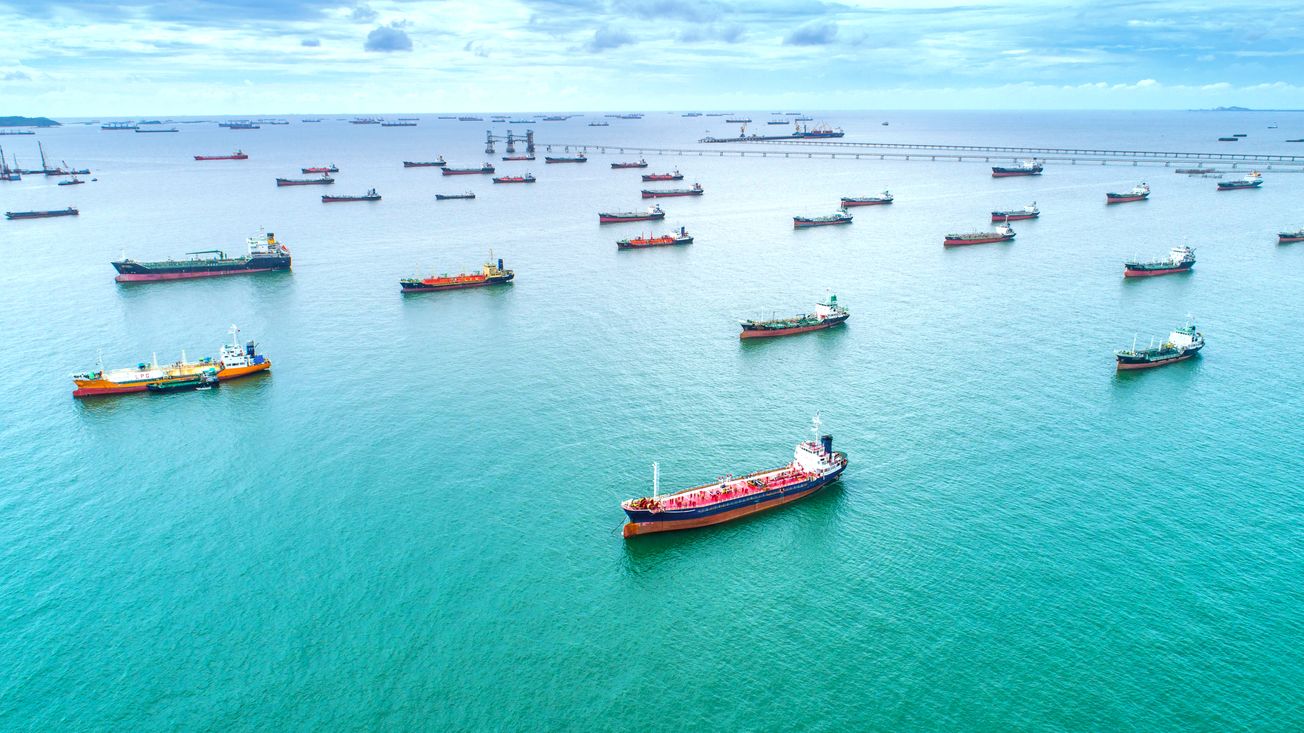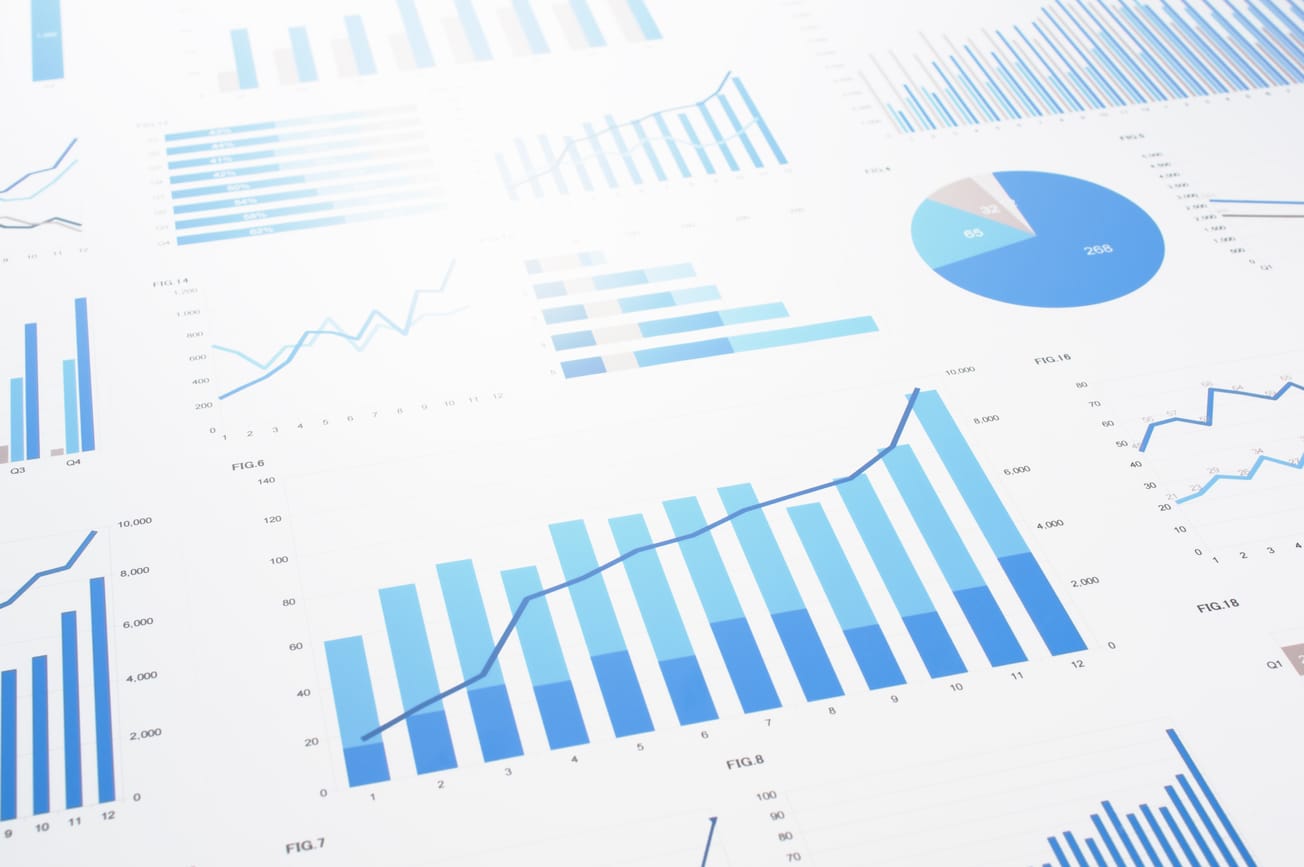The UNSW Centre for Sustainable Development Reform has developed the Plastics Data Checklist and associated Guide to support countries to systematically assess the availability of national data on plastics throughout the lifecycle.
The Plastics Data Checklist is a critical tool for countries to better understand the national availability of data on plastics across the lifecycle, as required by the United Nations Environmental Assembly (UNEA) adopted resolution 5/14 for a legally binding instrument to end plastic pollution, including in the marine environment.
The Plastics Data Checklist covers nine data categories (Figure 1), which cover the full lifecycle of plastics from production to leakage in the environment, and how they map together.

By implementing the Data Checklist, governments can enhance their understanding of available data, ultimately supporting them to:
- Develop national strategies that are evidence-based and country-specific
- Monitor the success of national action and source reduction plans
- Produce indicators to track progress against national and international targets
- Assess their readiness for the global plastics treaty and inform ambitious yet realistic goals
- Contribute to the global knowledge base, supporting collective efforts to combat plastic pollution on an international scale
Watch the webinar launch of the Data Checklist and User Guide, 17 Sept 2024
Questions?
For any questions or support in implementing these resources, please contact randika_jayasinghe@unsw.edu.au










